Consider the following reactions.

The products (D),(E),(I) and (J) are respectively.
(D)=CH3OH,(E)=PhSO2O∗Na,(I)=CH3O∗H,(J)=CH3COONa
(D)=CH3O∗H,(E)=PhSO2Na,(I)=CH3OH,(J)=CH3CO∗ONa
(D0=CH3O∗H, (E) = PhSO_(2)Na, (I) = CH_(3) O^(**)H, (J) = CH_(3)COONa
(D)=CH3OH,(E)=PhSO2O∗Na,(I)=CH3OH,(J)=CH3CO∗ONa
The correct Answer is:a
I. 
II. 
In (I),(C−O) bond breaks to give (D) and (E).
In (II),(O−C) bond breaks to give (I) and (J)
Topper's Solved these Questions
- AROMATIC COMPOUNDS AND ALKYL AND ARYL HALIDES Book:CENGAGE CHEMISTRYChapter:AROMATIC COMPOUNDS AND ALKYL AND ARYL HALIDES Exercise:Exercises Single Correct
Explore 161 Videos
- AROMATIC COMPOUNDS AND ALKYL AND ARYL HALIDES Book:CENGAGE CHEMISTRYChapter:AROMATIC COMPOUNDS AND ALKYL AND ARYL HALIDES Exercise:Exercises Single Correct Answer Type
Explore 26 Videos
- AROMATIC COMPOUNDS AND ALKYL AND ARYL HALIDES Book:CENGAGE CHEMISTRYChapter:AROMATIC COMPOUNDS AND ALKYL AND ARYL HALIDES Exercise:Exercises Multiple Correct
Explore 35 Videos
- APPENDIX INORGANIC VOLUME 2Book:CENGAGE CHEMISTRYChapter:APPENDIX INORGANIC VOLUME 2Exercise:Short Answer Type
Explore 179 Videos
- BIOMOLECULESBook:CENGAGE CHEMISTRYChapter:BIOMOLECULESExercise:Exercises Archives (Analytical And Descriptive)
Explore 8 Videos
Similar Questions
The decreaing order of the rate of niration of the following compounds is
I. Benzene, II. C6D6
III. Nitrobenzene, IV Chlorobenzene
View SolutionIn the reaction is:

Thyoxine is:
View SolutionBoth t−butyl and (−SO3H) groups are used as a blocking group in certain synthesis of organic compounds. Which of the following statements are correct?
View SolutionWhich metals are generally extracted by the electrolytic processes ? What positions these metals generally occupy in the periodic table?
View SolutionWrite the structure of alanine at pH=2andpH=10.
View SolutionConsider the following reaction :
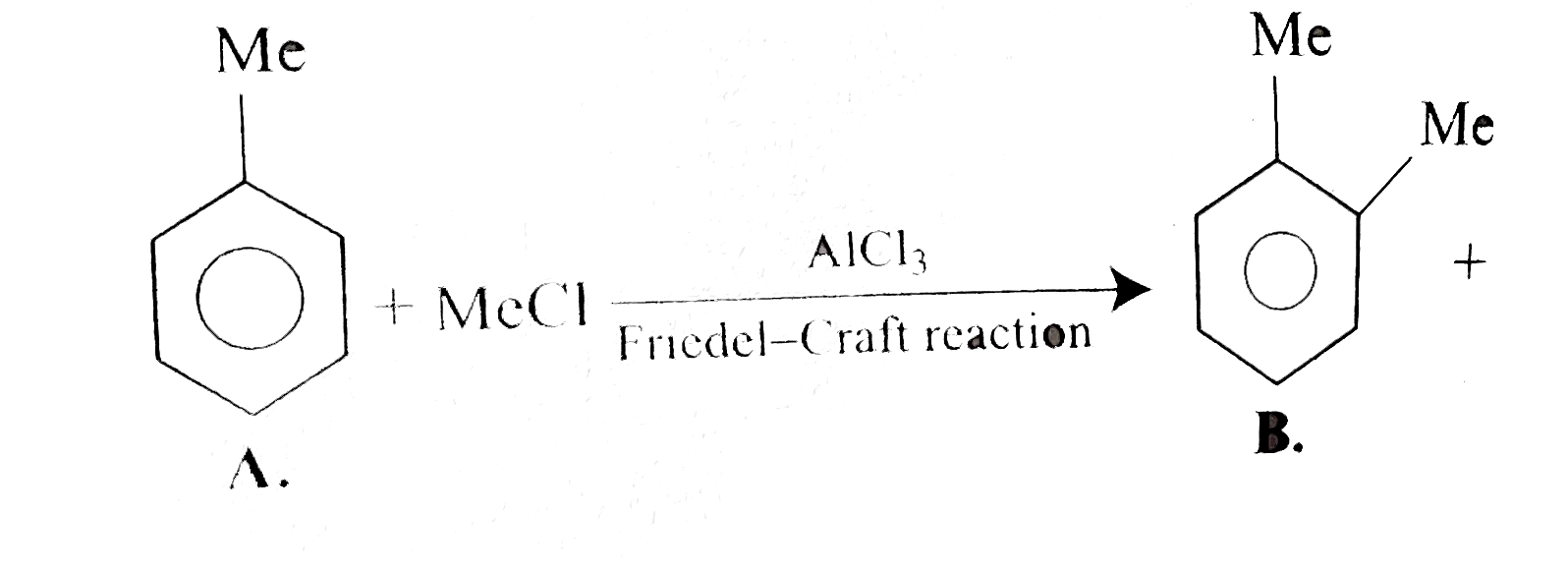 ,
,
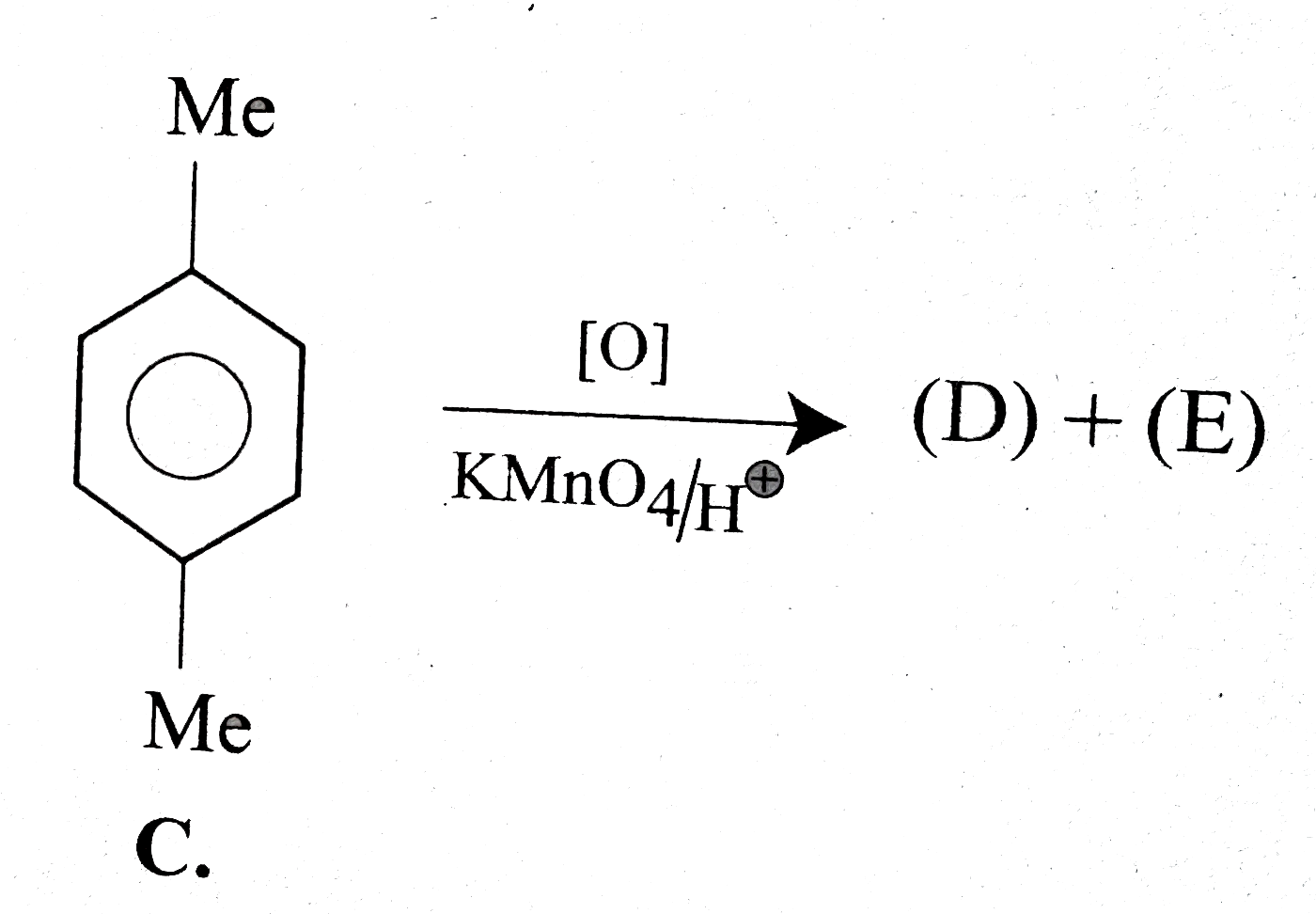 .
.
The compound D is an ortho-isomer and E is a p−isomer.ThecompoundsDandE, respectively, are :
View SolutionConsider the following reaction,
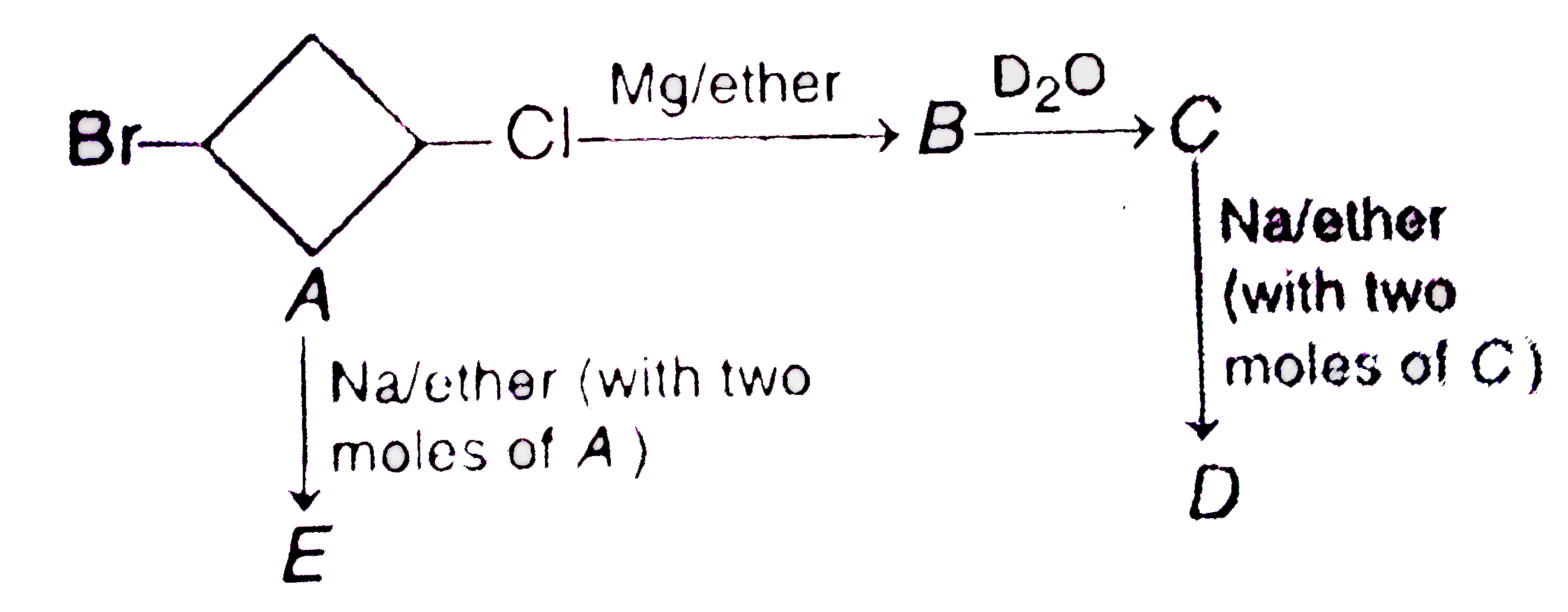
D and E respectively are
View SolutionConsider of the following sequence of reaction

Product A and B respectively :
View SolutionIn the following reaction sequence, product I, J and L are formed. K represents a reagent The structure of J and K respectively are
View SolutionConsider the following reactions I and II. ltbr>
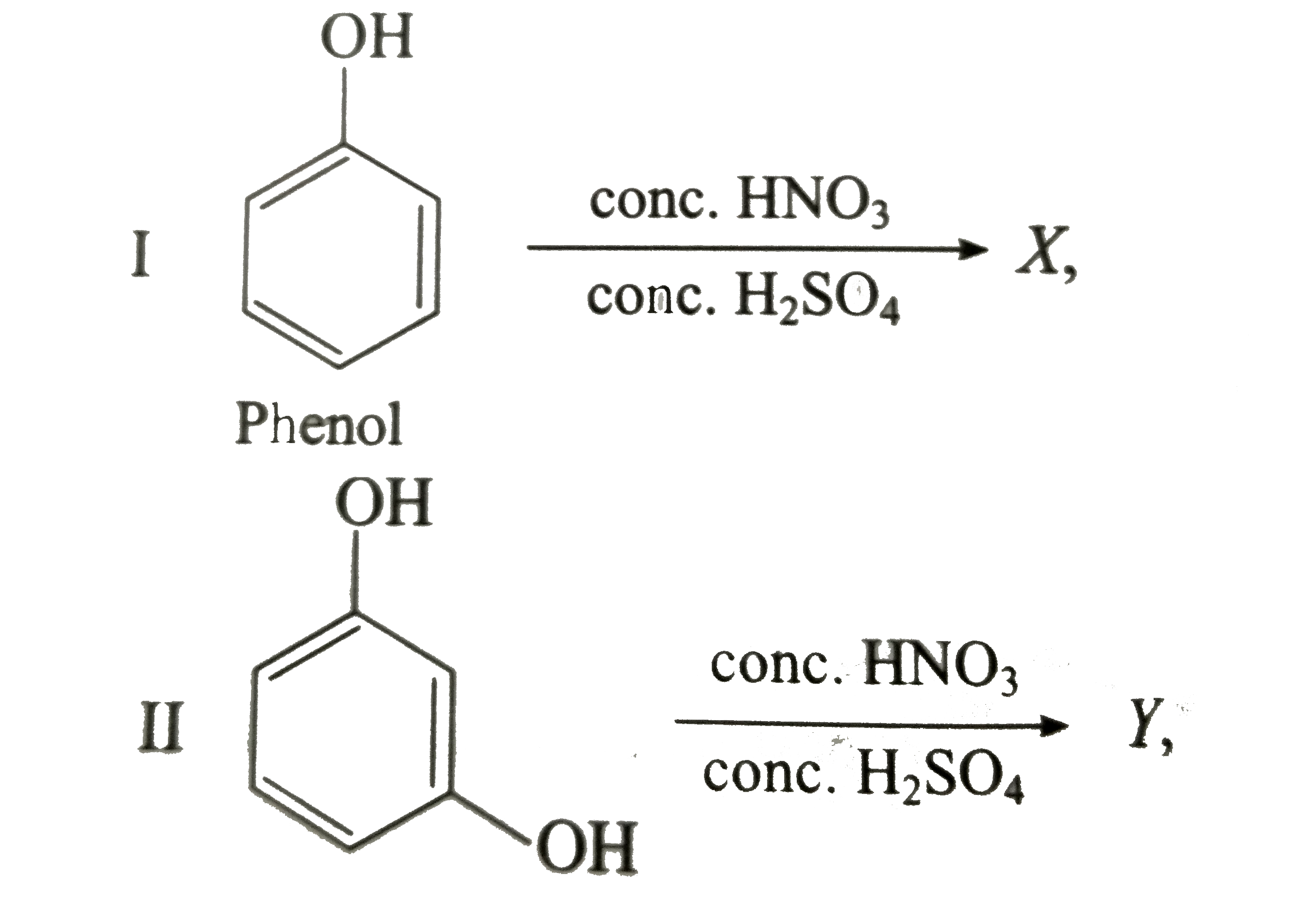
Product 'X' and 'Y' are respectively :
View SolutionConsider the following sequence of reactions The product (A) and (B) are, respectively :
View SolutionConsider the following sequence of reactions.

The product [A] and [B] are respectively
View SolutionConsider the following reaction sequence

In this B and D respectively are
View Solutionconsider the following sequence of reaction :

The product E is same as :
View Solutionनिम्नलिखित अभिक्रिया क्रम में उत्पाद I, J तथा L बनते है। K अभिकर्मक को प्रदर्शित करता है।
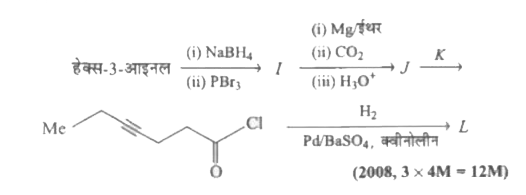
यौगिक J तथा K की संरचनाएँ क्रमशः है
View SolutionConsider the following sequence of reactions. The solution D and the residue E respectively contain
View Solution

